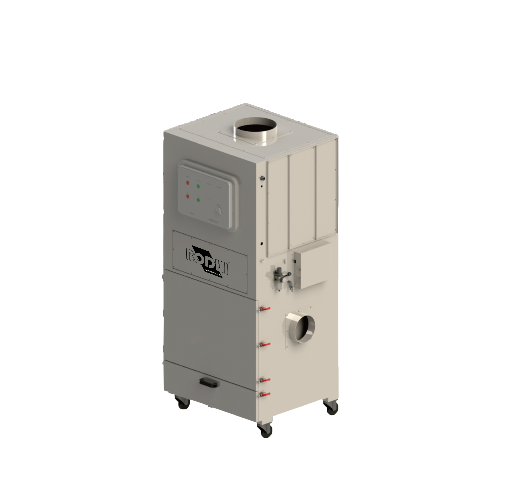Hospital clean room concrete leveling construction standard
concrete leveling construction standards are an important part of ensuring the quality of clean environment, and the construction needs to meet strict requirements for flatness, strength, material properties and construction techniques.
1. Requirements for grassroots treatment
The surface of the base layer shall not have any defects such as sanding, peeling, hollowing, peeling, looseness, pitted surface, grease, dust or cracks.
The surface of the base layer should be thoroughly cleaned of floating slurry, garbage, debris, oil stains and accumulated water, kept dry, and surface dust should be removed with a vacuum cleaner or paintbrush.
For hidden knocking Spaces (such as ceilings and the interiors of partition walls), proper cleaning records should be kept.
The moisture content of the base layer should be controlled within 8%, the compressive strength should not be less than 25MPa, and the pull-out strength of the concrete surface should not be lower than 1.5MPa.
2. Requirements for leveling layer materials and strength
The leveling layer should be made of concrete with a strength grade of no less than C25, and its thickness is generally 30 to 50mm.
When the thickness of the leveling layer is less than 30mm, cement mortar is recommended. When the thickness is not less than 30mm, fine aggregate concrete is recommended.
The volume ratio of cement mortar should not be less than 1:3, and the strength grade should not be less than M15.
The concrete strength grade should not be less than C15, and the volume ratio of cement mortar or the concrete strength grade should comply with the design requirements.
3. Construction process of the leveling layer
Before the construction of the leveling layer, the base layer should be thoroughly cleaned and moistened with water (it can be moistened or not moistened depending on the material conditions).
- When constructing the concrete leveling layer, a laser leveler should be used in conjunction to ensure that the flatness of the ground complies with the requirements of the Code for Acceptance of Construction Quality of Building Floor Engineering (GB50209-2002), and a 3m straightedge inspection allows an error of 4mm.
When laying the leveling layer, a coat of cement slurry should be applied first, and mortar should be spread immediately after application to enhance the adhesion.
After the leveling layer is applied, it should be fully cured, generally for no less than 7 days, to avoid being stepped on too early.
4. Quality acceptance standards for the leveling layer
The allowable deviation of the surface flatness of the leveling layer is ±2mm (when the thickness is greater than 30mm), or ±5mm (when the thickness is less than 30mm).
The junctions between the leveling layer and the protruding roof structure, as well as the corners of the base layer, should be made into arcs, with the radius of the arc not less than 50mm.
The surface of the leveling layer shall not have any flaking, sanding, peeling or hollowing phenomena. Moreover, the area of hollowing within the same inspection range shall not exceed 400mm², and there shall be no more than two such cases.
The position and spacing of the joints in the leveling layer should comply with the design requirements. The joint width is usually 20mm, and sealing materials should be filled in.
5. Special Requirements
In the dust-free workshop of a hospital, the construction of the leveling layer also needs to take into account the cleanliness requirements to ensure that the ground is dust-free, facilitating the installation and operation of subsequent clean equipment.
For rooms with suspended ceilings, the walls should be built to be level with the lower ceilings.
Before the construction of the leveling layer, the fixation of reserved holes, reserved openings and embedded parts should be inspected.
6. Construction environment requirements
The construction environment temperature should not be lower than 5℃, and construction should be avoided in damp or rainy days.
After the leveling layer is completed, waterproofing treatment should be carried out to ensure that the waterproof layer is firmly bonded to the leveling layer.
7. Other precautions
During the construction of the leveling layer, dust should be swept up at any time to ensure a clean construction environment.
After the leveling layer is completed, a strict acceptance inspection should be carried out to ensure that its flatness, strength and wear resistance, etc. meet the design and specification requirements.
Summary
concrete leveling construction standards cover several aspects including base treatment, material selection, construction technology, quality acceptance, etc. The construction process strictly follows the relevant specifications and standards to ensure the final flatness, strength and cleanliness of the floor. During the construction process, attention should be paid to detail control to ensure the construction quality of the leveling layer and provide a good foundation for the subsequent installation and operation of clean equipment.
en.hengxianghongye.com
Hengxiang Hongye Soil and Foundation Improvement Technology Co.,Ltd


